
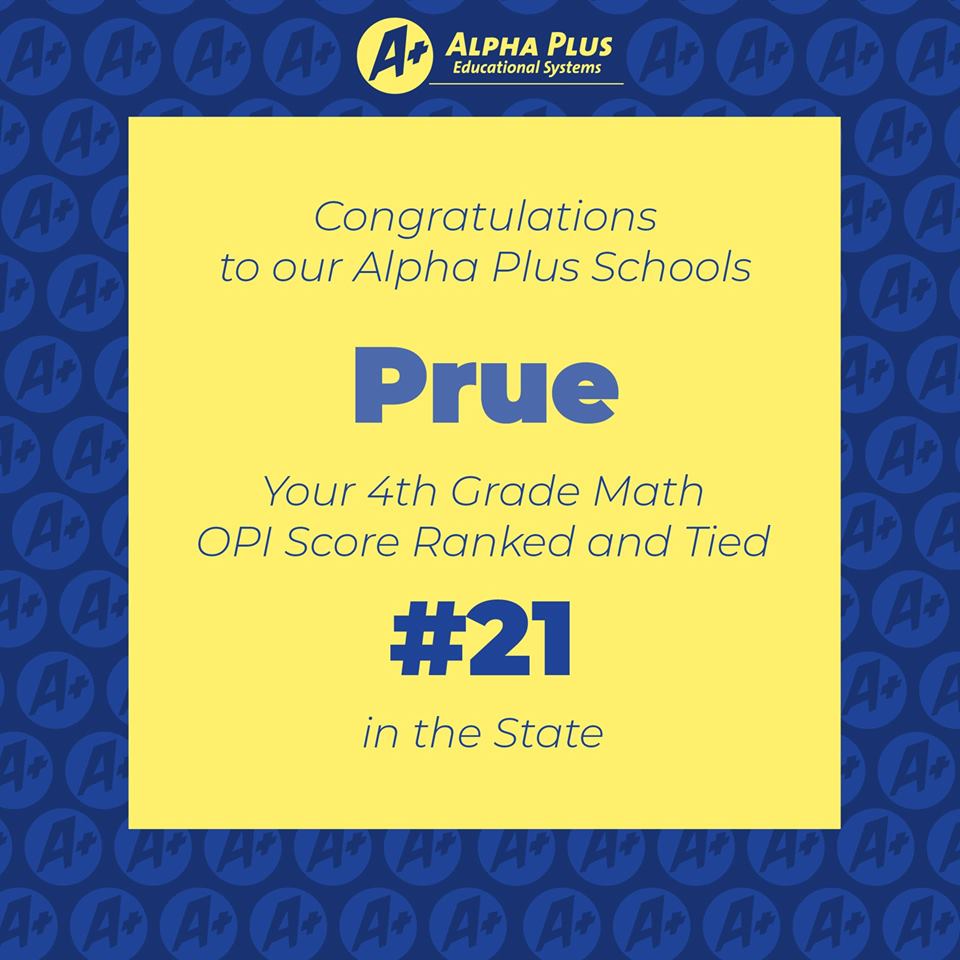
Let's give a BIG Oklahoma Education cheer for Prue!
We're so proud to be your partner in education!
Prue is one of our Alpha Plus Educational Systems Partner Schools.
All demo content is for sample purposes only, intended to represent a live site. Please use the RocketLauncher to install an equivalent of the demo, all images will be replaced with sample images.
Alpha Plus Blog: Alpha Plus News, Materials, Partners, and Education Materials


Let's give a BIG Oklahoma Education cheer for Prue!
We're so proud to be your partner in education!
Prue is one of our Alpha Plus Educational Systems Partner Schools.


These schools used the Alpha Plus Model of School Improvement in 2017-18 and/or 2018-2019 received an A or B on the Oklahoma School Report Cards for 2019. Congratulations to the students, educators, administrators and board members of these schools!
Click here to view the 2019 Report Cards and Alpha Plus Advisory Board pdf

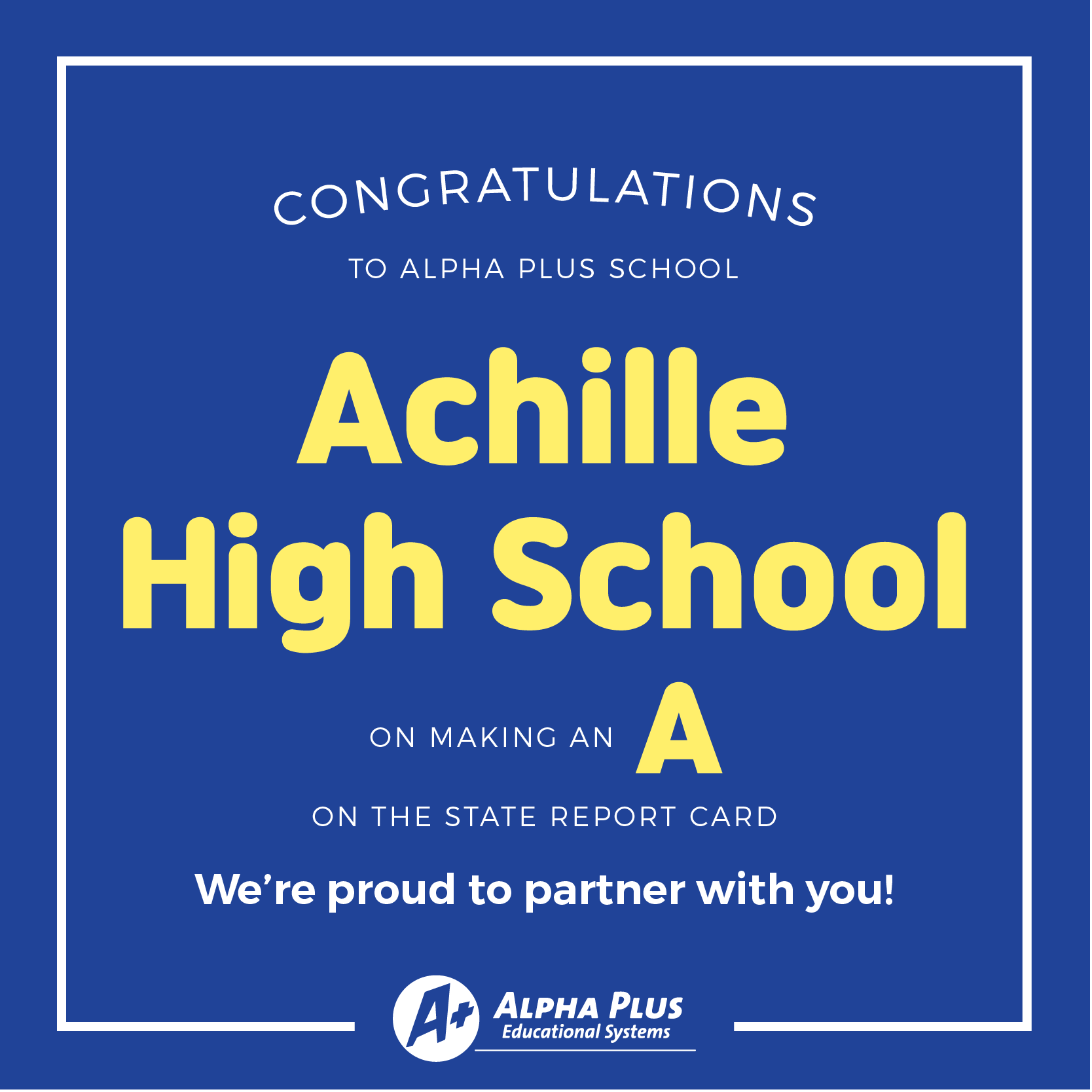

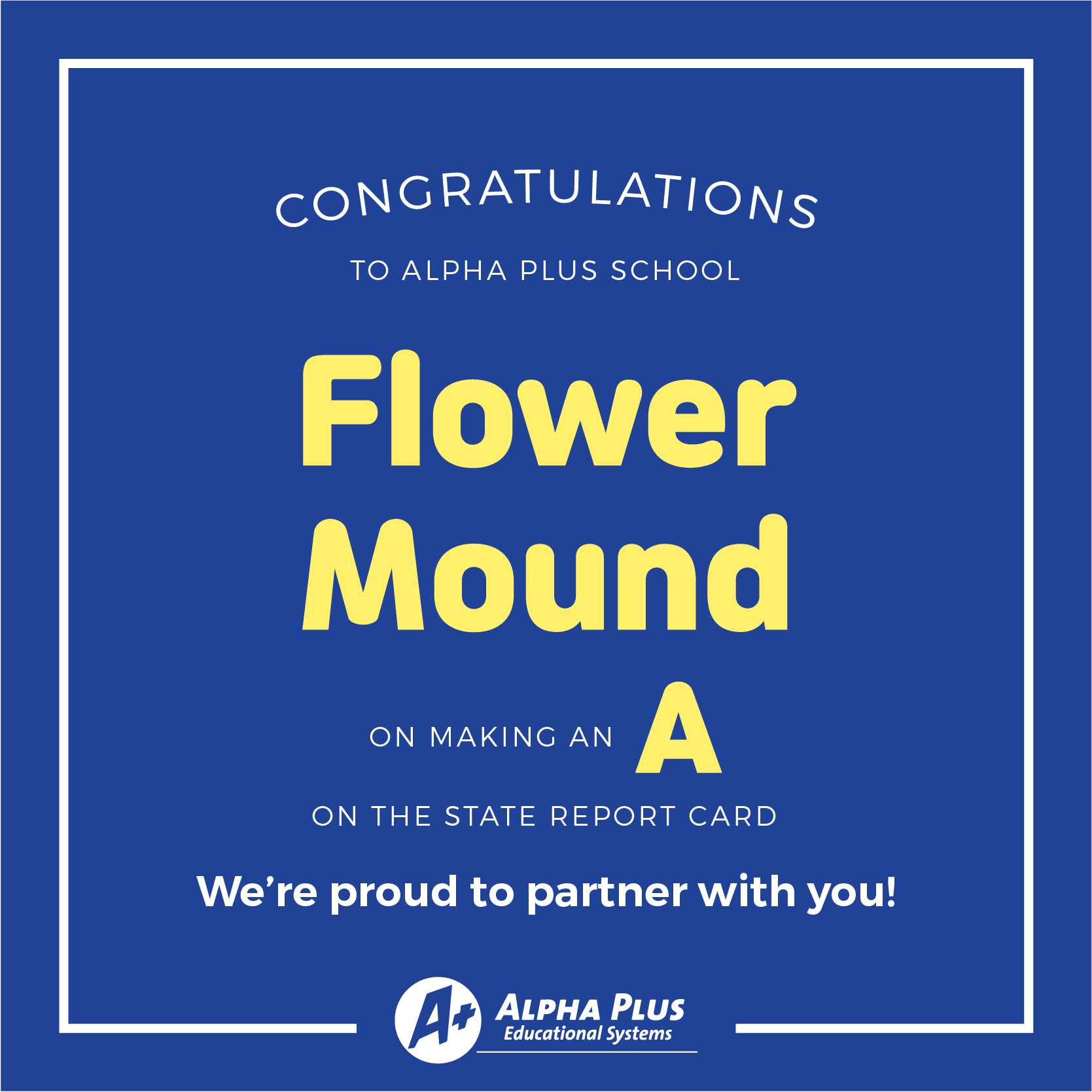


BREAKING NEWS: These Alpha Plus partner schools made an A on the State Report Cards, and we couldn't be prouder! Hats off to Achille Public School, Bishop Public School, Flower Mound Public School, Mannsville Public School and Whitebead School District on your top marks! (Images are placed alphabetically by name of school.)

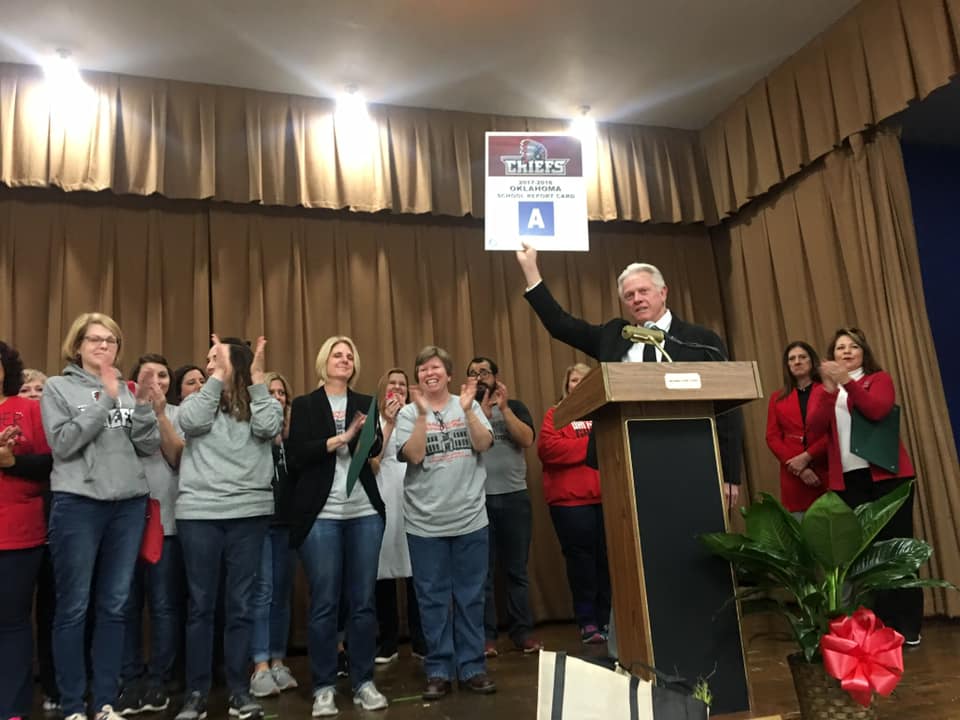
We celebrated success with the students and staff at Whitebead tonight. Whitebead School District made an A, and we couldn’t be prouder!
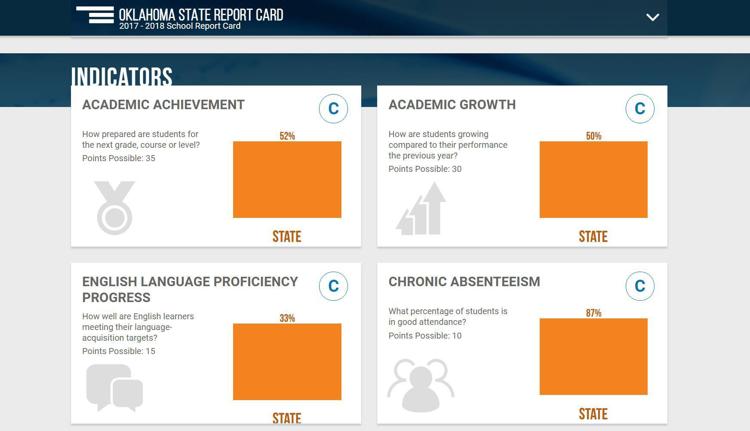 From The Tulsa World:
From The Tulsa World:
'No perfect system': Revamped grade cards are better but don't fully accomplish goal, school leaders say
![]()
We Use Data to Empower Schools for Academic Success!
Teachers and administrators can quickly and easily identify students who need more help learning the Oklahoma Academic Standards.
Alpha Plus pinpoints the SPECIFIC OAS objectives or "gaps" students have from previous years, then helps school teams address each objective throughout the year.
That is why Alpha Plus schools have OUTPERFORMED the state average every year of the A-F Report Cards.
Alpha Plus Educational Systems
Mailing Address: P. O. Box 53219, Oklahoma City, OK 73152
Location: 27 E. Sheridan Ave., Oklahoma City, OK 73104
Phone: 405-842-8408 | Contact Us Inquiry Form
Cookie, Privacy Policies Terms of Service, Disclaimer
Additional Privacy Notice
© 2024 Alpha Plus Educational Systems. All rights reserved.
Follow